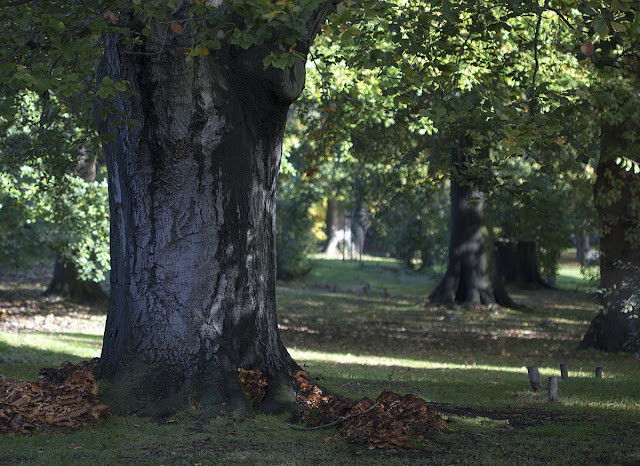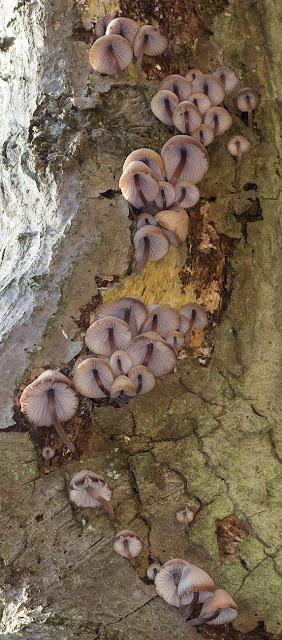 |
| Sea Beet, Beta vulgaris. Riverside Country Park, 10 August 2012 |
This is going back in time a bit, to August, a set of photos that I have only blogged a couple of moths from. But it's interesting and I don't want it to get lost. I am going to show details of four plants that grow right by the sea, close enough to be wet by salt spray and maybe even have waves wash over them sometimes. The first one is Sea Beet, a close relative to sugar beet.
 |
| Annual Sea-blite, Suaeda maritima. Riverside Country Park, 10 August 2012 |
The next is Sea Blite, a quite different plant despite the similarity of the names.
 |
| Golden Samphire, Inula crithmoides. Riverside Country Park, 10 August 2012 |
These Golden Samphires were in full flower, and looking very pretty. I was at Riverside Country Park, near Gillingham in Kent, on a field trip with my wildflower class and a very knowledgeable teacher, so I am quite confident of the names of these plants even though I had never seen them before.
 |
| Greater Sea-spurrey, Spergularia media. Riverside Country Park, 10 August 2012 |
Despite its name, the Greater Sea-spurrey is quite a small, low-growing plant.
I have shown these together because they all have a certain similarity. They have waxy-looking, more or less succulent leaves. Why should it be that they have the same sort of look as desert plants, when they are right next to the most water they could possibly find? Well, salt water is a very unfriendly environment for land plants. They find it hard to separate the water from the salt. And then, the shoreline above sea level can sometimes be very dry, rather like a desert, because the sandy soil drains so freely. Between these two factors, the plants need to hang on to all the salt-free water they get, and store it up when they have an excess.
To prove that it's not just the dryness of sandy soil that makes this a useful adaptation, here is a Glasswort.
 |
| Glasswort. Riverside Country Park, 10 August 2012 |
This grows in a salt marsh and always has its roots in the water.



















